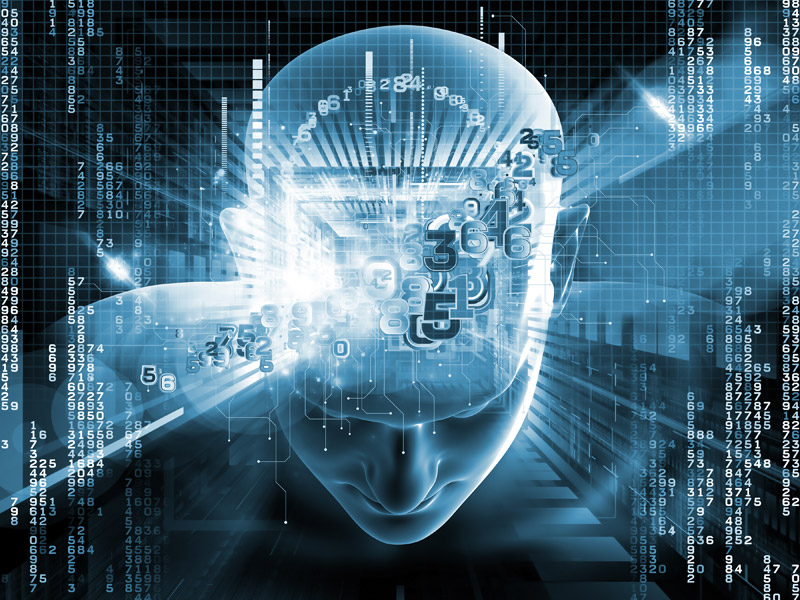Many AI engineers think that consciousness is a bonus add-on in an evolutionary process and therefore it is possible to model things algorithmically. However, some scientists oppose this claim. An English mathematical physicist, Sir Roger Penrose said that our rational process isn’t really algorithmic and it is difficult to perform computation on this area. Yet, biologically, somehow consciousness is formed by the interaction of neurons in our brain. It is therefore important to understand our mind before we are able to duplicate it.
One problem with duplicating our mind is incorporating different transitional consciousness states, such as drug influence, dreams, hypnosis, REM sleep and other unique psychopathological states. In the end, these states can be considered as too irrelevant and complex for incorporation in AI machines. As a result, we could have machines that can’t really imitate the full functionality of human mind. But, how to simulate consciousness in AI machines if it is not algorithmic?

Subjective awareness studies may shed new lights on how our nervous system works and discriminates among different stimuli. Such sensory mechanism is one of the requirements of consciousness and it helps us to unlock the secrets of our cognitive minds. We could actually respond and perceive things without being aware of their existence with our senses. Sleepwalking is one unique condition that affects people. Many sufferers actually perform potentially dangerous acts during sleep-walking, such as driving a car, cooking and crossing the street.
It can be disputed whether sleepwalkers actually have working consciousness. In fact, they are often unaware or have no recollection of things that happened during their sleepwalking episodes. Through sleepwalking, AI engineers should be able to obtain another fact of behavioural deficiencies that’s associated with the lack of consciousness in people. Social skill is one thing that’s missing during a sleepwalking episode and sleepwalkers usually ignore those they encounter. In rare occasions when they do communicate, the interaction could be rather clumsy and incomprehensible.
The structure of human mind is very flexible, while computers have rigid algorithm. However, one promising approach to AI is presented by the artificial neural system. Neural networks can model logical associations that human brain makes. They are based on specific mathematical models that can accumulate knowledge or data, according to specific parameters set by the engineers or coders. Neural networks are used by the Deep Blue supercomputer in 1997 to defeat Garry Kasparov, the world chess champion.
The chess match has raised important questions about the effects of neural networks on AI field. Many considered it as a first step towards true AI capability. After all, an expert has been beaten by an emotionless machine is a complex game of wits. But, it’s one thing to program a powerful computer to solve highly complex mathematical problems used in chess. It’s another for machines to have the ability to make logical decisions and deductions on their own. It appears that neural networks are the closest things to emulate brain functions.


























